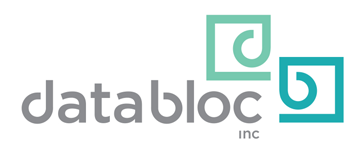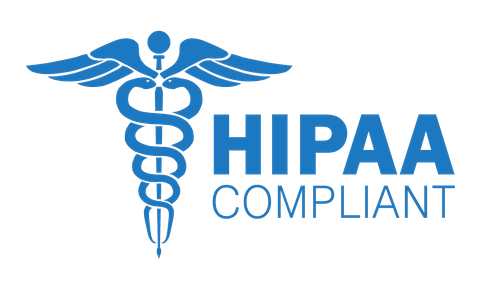Don’t let your upcoming data migration risk compliance.
Maintaining and monitoring HIPAA compliance is a daily struggle for many organizations. Other industries beyond Healthcare, such as Finance and Legal, face similar challenges. However, HIPAA often receives the most attention because medical data is personal to patients. HIPAA standards ensure that health information stays intact and in the hands of approved personnel only. Data migration is an event that presents unique data compliance challenges since data is in-transit rather than at rest. Without proper safeguards in place, data migration could drastically affect an organization’s compliance status. While there are numerous risks associated with low quality migration tools, this blog will focus solely on HIPAA compliance for the sake of space. After working with many healthcare organizations, we have identified four key issues every healthcare organization faces when tasked with a data migration project.
Transparency
Having a clear understanding of your data and data storage are prerequisites for ensuring HIPAA compliant data migrations.
First, have a thorough understanding of your storage infrastructure. Know what type of NAS you are currently using and how it’s different than your new NAS solution. Second, know what data you have and where it lives. How many files are you moving? What are the file sizes? Know if you are migrating log files, images, videos, etc. and take note of the governing state of each type of data as this often determines HIPAA retention requirements. This information is critical to determine the best tools to use for your migration. Then, and only then, you can start to migrate data based on retention requirements. Ensure no data is left behind on the legacy storage otherwise it is vulnerable to tampering and puts your compliance status at risk.
Security
Protecting data in-transit is necessary for HIPAA compliance.
If your migration involves physically shipping data to a cloud service or another remote data center, you become susceptible to losing the chain-of-custody of files, which leaves your data vulnerable to tampering. Make sure to use an end-to-end network-based transfer that maintains chain-of-custody. Encryption is well-known requirement for HIPAA compliance. Make sure encrypted files stay encrypted throughout the migration journey from source, to in-transit, to destination.
Governance
Administrative, security, and user settings must be maintained in order to prevent compliance data from getting into the wrong hands.
This one is simple – make sure all settings and permissions are maintained before, during, and after migration. For obvious reasons, you cannot grant access to personal health files to the wrong people. Not only does it put that individual at risk, but it could also lead to hefty fines if a regulatory body gets involved.
Verification
Have proof that the integrity of your data was maintained and that all data stayed 100% HIPAA compliant throughout the migration process.
Have a mechanism in place to prove that no files were tampered with and that all files are the same in the target as they were in the source. Collect data to show that the migration was monitored start-to-finish and all data was tracked in real-time up until the switchover event. Have an audit trail prepared in the event of an audit for easy and reliable reporting.
DataBloc Migration
Execute your next NAS migration with unparalleled security and compliance using DataBloc.
DataBloc’s 4 step process:
- Discover – Assess data and data storage environment
- Advise – Generate migration plan and recommend best practices
- Simulate – Estimate migration timeline, expenses, and cost savings using DataBloc
- Migrate – Move data fast while guaranteeing HIPAA compliance and data integrity
For more information, contact a migration specialist at https://databloc.io.

